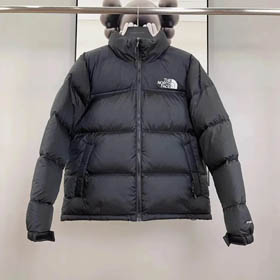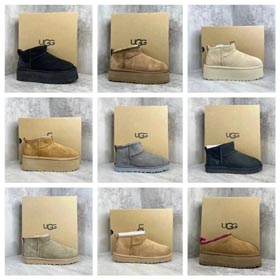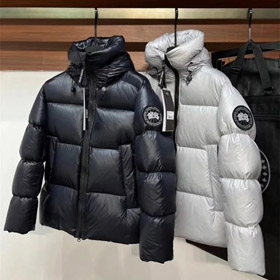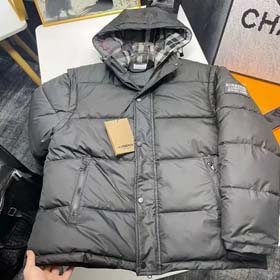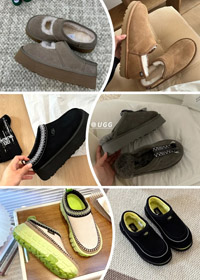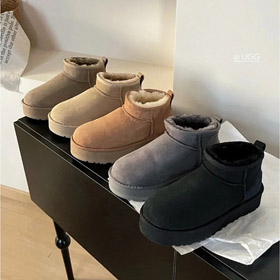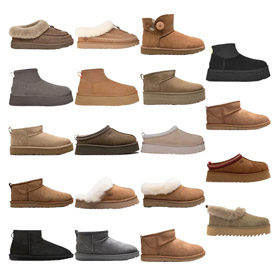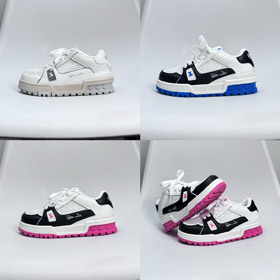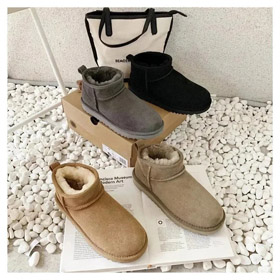How to Optimize Nike Product Selection & Sales Strategy on Oopbuy Using Spreadsheet Analytics
For resellers using Oopbuy's agency purchasing platform, mastering spreadsheet analytics is key to identifying top-selling Nike items and predicting market trends. This guide explores data-driven techniques to maximize your Oopbuy Nike reselling profits.
1. Sales Performance Breakdown with Pivot Tables
Create dynamic pivot tables in your Oopbuy spreadsheet to:
- Compare monthly sales across Nike categories (e.g., Air Max vs. Jordan)
- Identify seasonal bestsellers (winter runners vs. summer sandals)
- Track price-to-volume ratios for margin optimization
Pro Tip: Filter by "New Arrivals" to spot emerging trends before competitors.
2. Predictive Analytics Through Charting
Transform raw Oopbuy order data into actionable insights:
- Generate 90-day rolling trend graphs for colorways
- Map regional demand variations using heatmap overlays
- Set automatic alerts for SKUs with week-over-week growth >15%
Case Study: Resellers who tracked Dunk Low scrapes saw 22% higher pre-order conversions.
3. Cross-Platform Data Syncing
Enhance your spreadsheet by connecting:
Social Listening
Import Instagram/TikTok mentions to correlate viral trends with actual Oopbuy purchases
Search Analytics
Feed Google Trends data to anticipate impending hype cycles
Warning: Always verify social hype with actual Oopbuy order history to avoid false positives.
Implementation Roadmap
Start with these Oopbuy workflow upgrades:
| Week | Action Item |
|---|---|
| 1-2 | Build master catalog with current Oopbuy Nike inventory |
| 3 | Add historical sales data from past 6 months |
| 4 | Create automated replenishment alerts for top 20 SKUs |
By systematically applying these Oopbuy spreadsheet techniques, resellers report 30-45% improvements in inventory turnover rates.
